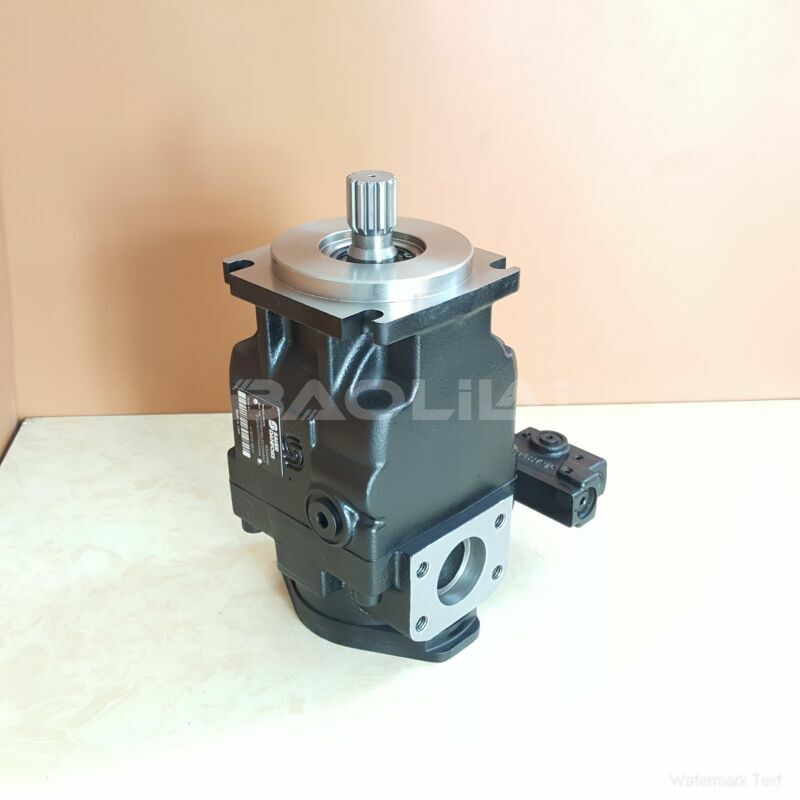JRRS60BPC20NNNNN3S1AEA2NNNNJJJNNN axial piston pump
JRRS60BPC20NNNNN3S1AEA2NNNNJJJNNN axial piston pump

- Product Details
- Applicable Scene
Hydraulic pumps play a crucial role in the performance and efficiency of fluidized bed reactors (FBRs), particularly in the oil and gas industry. These reactors are essential for various processes that involve chemical reactions facilitated by fluidized particles, which can significantly enhance reaction rates and efficiency. The integration of hydraulic systems in fluid circulation not only optimizes the operational capabilities of FBRs but also ensures that the complex dynamics of fluid flow and particle behavior are effectively managed.
JR-R-S60B-PC-20-NN-NN-N-3-S1AE-A2N-NNN-JJJ-NNN
JRRS60BPC20NNNNN3S1AEA2NNNNJJJNNN
Fluidized bed reactors operate on the principle of fluidization, where solid particles are suspended in an upward-flowing fluid, usually gas or liquid. This phenomenon is critical in reactions like catalytic cracking, gasification, and combustion, all of which are prevalent in oil and gas applications. The performance of these reactors heavily relies on the uniform distribution of the fluid throughout the bed, which is where hydraulic pumps become indispensable.

83027515
Hydraulic pumps are responsible for generating the necessary pressure and flow rates required to maintain the desired fluid circulation within the reactor. They ensure that the fluid consistently circulates and that the residence time of both the fluid and the solid particles is optimized. The choice of hydraulic pump type—whether gear, piston, or vane—can significantly affect the performance of the reactor. Each pump type offers different advantages based on factors such as flow rate requirements, pressure capabilities, and the nature of the fluids being utilized.
One of the key benefits of using hydraulic pumps in fluid circulation for fluidized bed reactors is their ability to handle variations in flow resistance. As the solid particles fluctuate between states of suspension and settling, maintaining the correct flow rate is essential to prevent agglomeration and possible channeling in the reactor bed. Advanced hydraulic systems can adjust flow rates dynamically, ensuring stability and uniformity within the fluidized bed.





